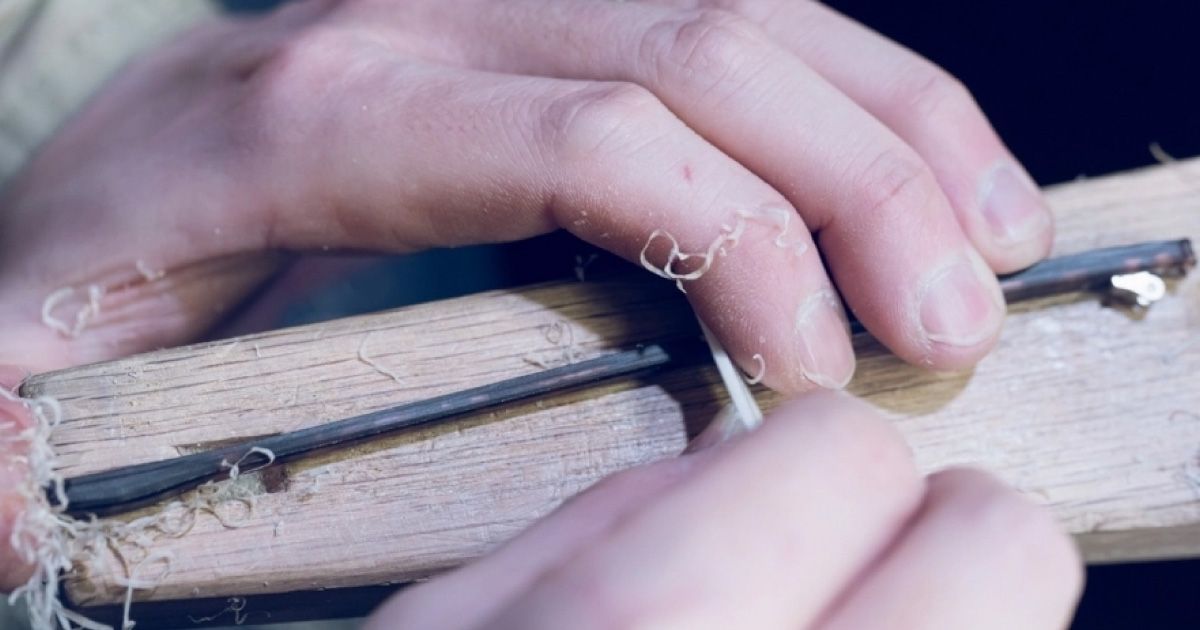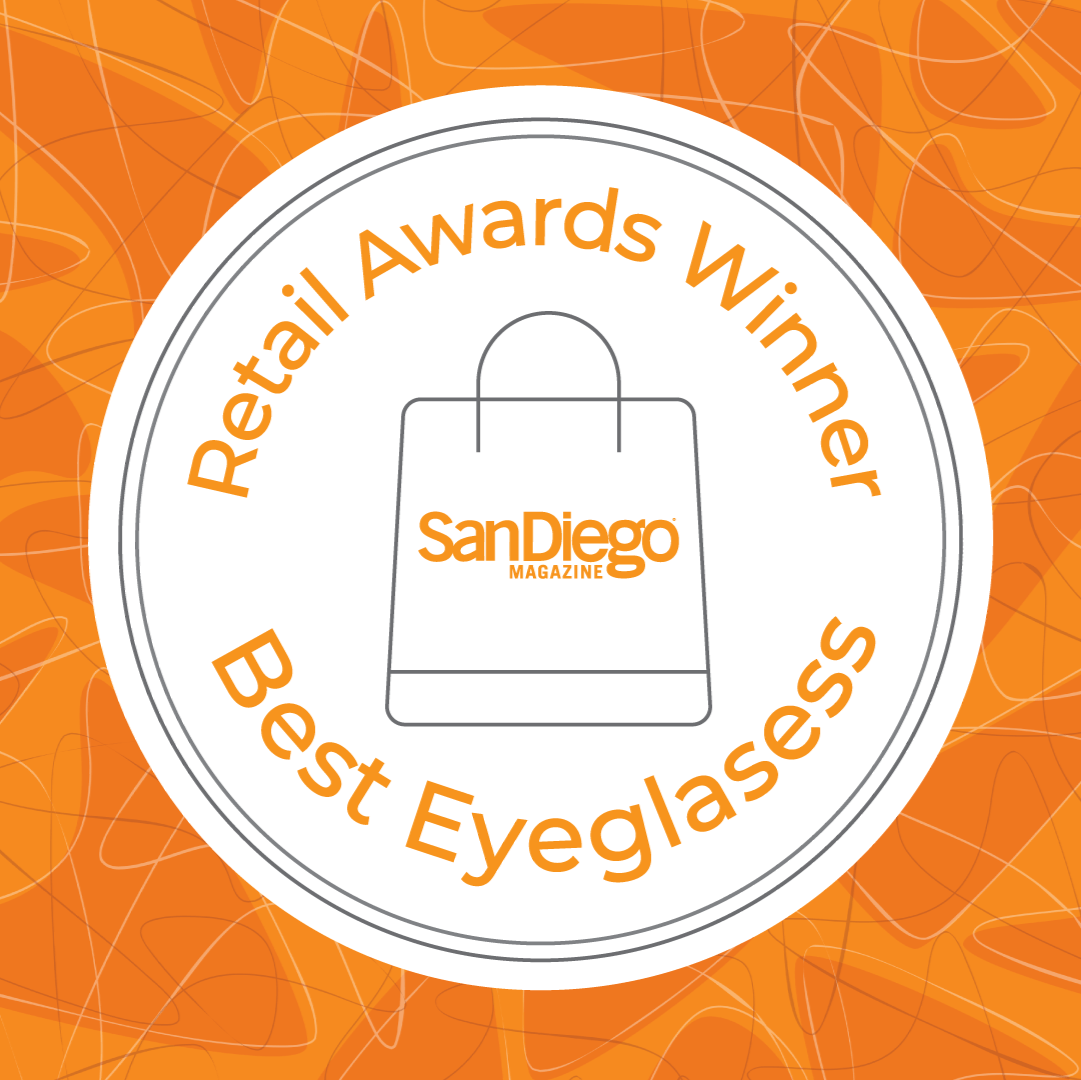Star-Powered Vision: How Space Exploration Changed Our Eyewear Forever

Read time: 4 minutes
What do your sunglasses have in common with a spacecraft? More than you might imagine. The same ingenuity that helps astronauts explore the harsh environment of space has quietly reshaped the eyewear industry here on Earth. From materials science to lens innovation, space-age technologies have made modern glasses lighter, stronger, smarter—and even better at protecting your eyes.
Protecting Vision Beyond Earth's Atmosphere
When astronauts first journeyed beyond our planet, they faced unfiltered solar radiation far more intense than anything we experience on Earth. Ultraviolet (UV) and infrared rays posed a serious threat - not just to skin, but to vision. To counteract this, NASA developed specialized optical coatings and filtering technologies that could protect astronauts’ eyes during spacewalks and long missions.
These breakthroughs didn’t stay in orbit for long. The same UV-blocking technology—once critical to astronaut safety—has become the foundation of modern sunglass coatings, shielding our eyes from harmful solar rays while enhancing clarity and contrast in bright conditions.
Advanced Materials: Lightweight, Durable, and Earth-Ready
Spacecraft demand materials that are incredibly strong yet extremely lightweight—a balance that’s also ideal for eyewear. One standout material is polycarbonate, originally used for astronaut visors and spacecraft windows. Its durability and impact resistance made it perfect for environments where safety is critical. Today, it’s a go-to lens material for both sunglasses and prescription glasses, providing excellent optical performance and shatter resistance.
Beyond lenses, aerospace research also influenced frame design. Titanium alloys and memory metals, first engineered for spacecraft components and satellites, are now used in ultra-lightweight, flexible eyeglass frames. These frames are not only resilient and corrosion-resistant but also capable of bending and returning to their original shape—ideal for active lifestyles or everyday wear.
Smart Lenses Inspired by Space Tech
The concept behind photochromic lenses - which automatically darken in sunlight and clear indoors - shares a spiritual link with NASA’s development of automatic dimming visors for astronaut helmets. While the consumer-facing version of this technology evolved independently in the 1960s, both innovations tackle the same challenge: adapting to changing light environments to optimize visual comfort.
These light-adaptive lenses have become a staple for those seeking convenience and protection in a single pair of glasses, showing how space-age ideas can reshape daily life.
Augmented Vision: Heads-Up Displays Come Down to Earth
NASA pioneered heads-up display (HUD) technology for use inside astronaut helmets and spacecraft, allowing critical information to be projected directly into the field of view without obstructing vision. That same principle now powers augmented reality (AR) glasses, increasingly used in sectors like medicine, aviation, manufacturing, and even sports.
With real-time overlays, data visualization, and interactive features, AR eyewear is one of the most futuristic—and fastest-growing—applications of space-inspired optics.
Everyday Enhancements: Fog-Resistant and Scratch-Resistant Lenses
It’s not just high-tech gear that has benefited from NASA’s research. Everyday conveniences like anti-fog and scratch-resistant lens coatings have their roots in aerospace innovation.
Fogging was a serious issue for space helmets, where visibility could mean life or death. NASA developed advanced anti-fog treatments that have since made their way into eyewear used by athletes, medical professionals, and consumers alike. Similarly, durable scratch-resistant coatings, designed to protect spacecraft instrumentation, now help maintain clarity and extend the lifespan of glasses and sunglasses.
Looking Ahead: Vision Innovation on the Horizon
As space agencies prepare for long-duration missions to Mars and beyond, the demand for advanced vision protection and enhancement will only grow. Researchers are exploring AI-powered adaptive lenses, enhanced radiation shielding, and next-generation materials that could one day reshape vision care on Earth.
Imagine glasses that auto-adjust focus based on where you’re looking - or lenses that adapt not just to light, but to your visual needs in real time. These aren’t science fiction - they’re the next frontier of eyewear, rooted in space-age science.
Curious about more space-driven inventions? Explore NASA's impact on daily life here:
20 Amazing NASA Inventions You Use Every Day
The Takeaway
The connection between outer space and optical innovation is closer than it appears. Technologies once developed for the stars now help us see the world more clearly every day. From your UV-blocking sunglasses to your ultra-lightweight frames, you're benefiting from decades of research aimed at overcoming the toughest conditions imaginable.
So next time you slip on your glasses, remember: you're wearing a small but powerful legacy of space exploration.
Share this blog post on social or with a friend:
The information provided in this article is intended for general knowledge and educational purposes only and should not be construed as medical advice. It is strongly recommended to consult with an eye care professional for personalized recommendations and guidance regarding your individual needs and eye health concerns.
All of Urban Optiks Optometry's blog posts and articles contain information carefully curated from openly sourced materials available in the public domain. We strive to ensure the accuracy and relevance of the information provided. For a comprehensive understanding of our practices and to read our full disclosure statement, please click here.


















